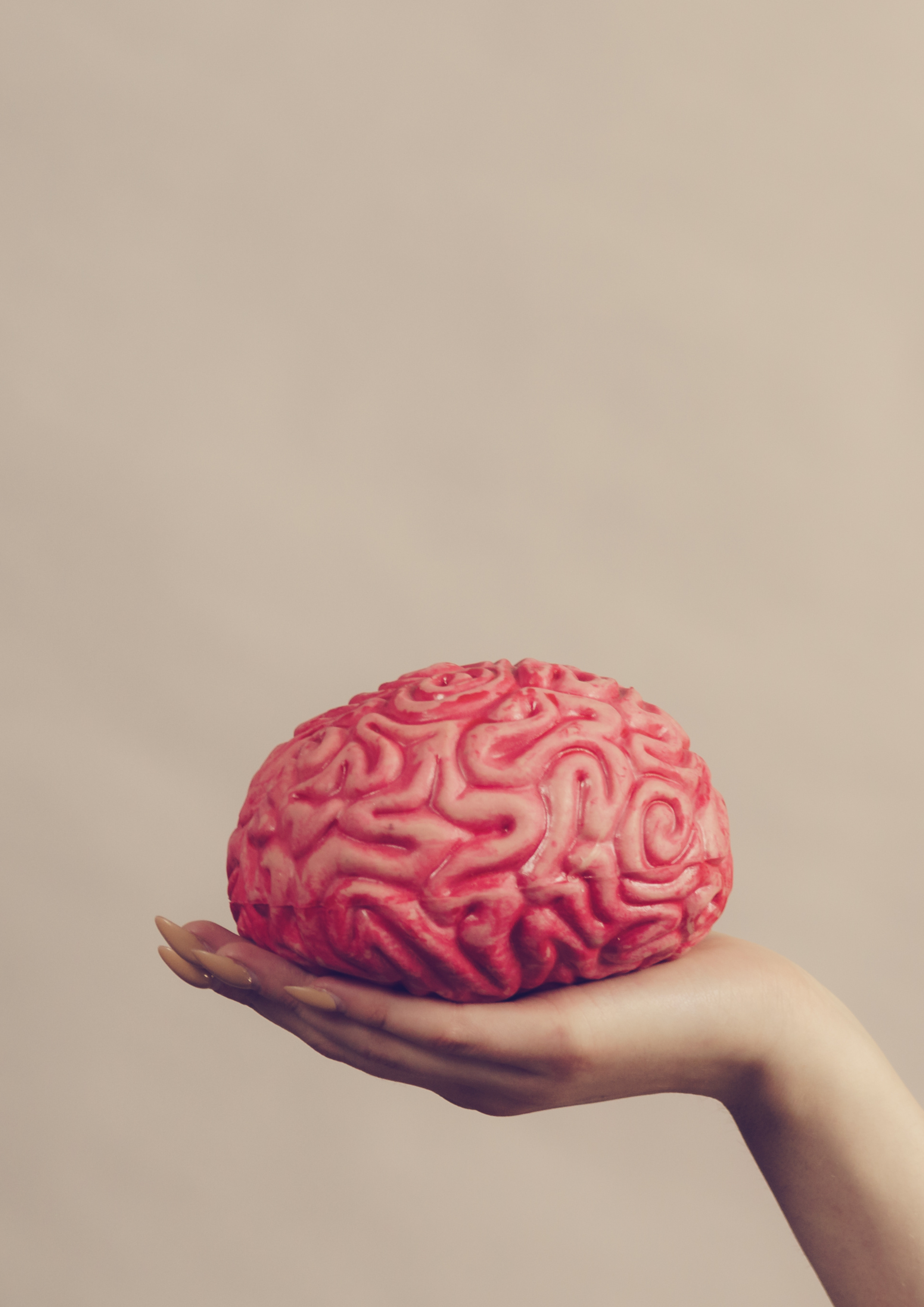
Psilocybin Revealed: What Happens to the Brain and Body on Psilocybin?
Psilocybin, the primary psychoactive compound found in certain types of mushrooms and truffles, has captured the attention of scientists, researchers, and enthusiasts alike. Psilocybin holds a rich historical and cultural significance spanning countless societies around the world.
For centuries, various cultures have recognized the mystical and transformative properties of magic mushrooms. From ancient indigenous rituals to modern spiritual practices, these mushrooms have been used for their profound effects on consciousness and perception.
In indigenous cultures such as those in Central and South America, magic mushrooms are an integral part of shamanic ceremonies and spiritual traditions. The mushrooms were regarded as a conduit for connecting with the divine, facilitating spiritual growth, healing, and insights into the nature of existence.
Beyond their spiritual and cultural significance, psilocybin has increasingly garnered attention in scientific research and clinical settings. Recent studies have demonstrated their potential therapeutic applications in addressing mental health conditions.
It is important to note that the use of psilocybin is not without controversy, and legal restrictions exist in many countries. However, shifting attitudes and growing scientific evidence are leading to a reevaluation of these substances, resulting in decriminalization and medical legalization in certain regions.
By exploring the effects of psilocybin on the body and brain, we can gain a deeper understanding of its potential benefits and risks. In this article, we break down what happens when you take psilocybin, from the moment of consumption to post-ingestion.
Phase 1: psilocybin enters the body
When you consume psilocybin, your body converts it into a compound called psilocin. Think of psilocybin as a seed and psilocin as the blooming flower that grows from that seed, displaying its vibrant colors and scent.
Psilocin is the active substance that affects your brain and body, leading to psychedelic experiences.
Phase 2: what happens when psilocybin reaches the brain?

Psilocin interacts with serotonin 2A receptors in the brain. Imagine serotonin 2A receptors as doorways in your brain, and psilocin acts as a key that unlocks and opens those doors.
Serotonin is a chemical messenger that regulates mood, emotions, and perception.
Psilocin binds to serotonin 2A receptors, which influence serotonin signaling pathways.
This binding and activation of receptors lead to changes in perception and mood.
Phase 3: what psilocin does in the brain

Psilocybin influences how different brain regions communicate with each other. Picture your brain as a network of roads connecting various cities. Normally, certain brain areas have limited communication with each other, like separate cities with no direct routes. However, when Psilocybin is introduced, it's like a sudden increase in traffic on the brain's highways. Brain regions that usually work independently begin to communicate more information and share information.
Using brain imaging techniques such as fMRI, studies have shown increased connectivity between brain regions that are typically separate.
Psilocybin enhances connectivity in networks such as the default mode network and the visual cortex.
The default mode network is associated with introspection and self-reflection, while the visual cortex processes visual information.
It is believed that the increased connectivity between these networks contributes to hallucinatory experiences and changes in mental states.
In conclusion
The journey into the world of psilocybin reveals a fascinating interplay between connectivity and the brain. From its historical and cultural significance to its potential therapeutic applications, psilocybin continues to captivate the interest of both researchers and explorers.
When psilocybin enters the body, it undergoes a transformation, converting into psilocin, the active compound responsible for the psychedelic experience. Psilocin then interacts with serotonin 2A receptors in the brain, acting as a key that unlocks new pathways of perception and mood.
The effects of psilocybin on the brain are profound. It enhances neural connectivity, allowing different brain regions to communicate more extensively, akin to an increase in traffic on the brain's highways. This increased connectivity, particularly in networks such as the default mode network and the visual cortex, contributes to hallucinatory experiences and altered mental states.




Leave a comment
This site is protected by reCAPTCHA and the Google Privacy Policy and Terms of Service apply.